Discover the serene magic of wearing a kimono in Kyoto’s thermal towns
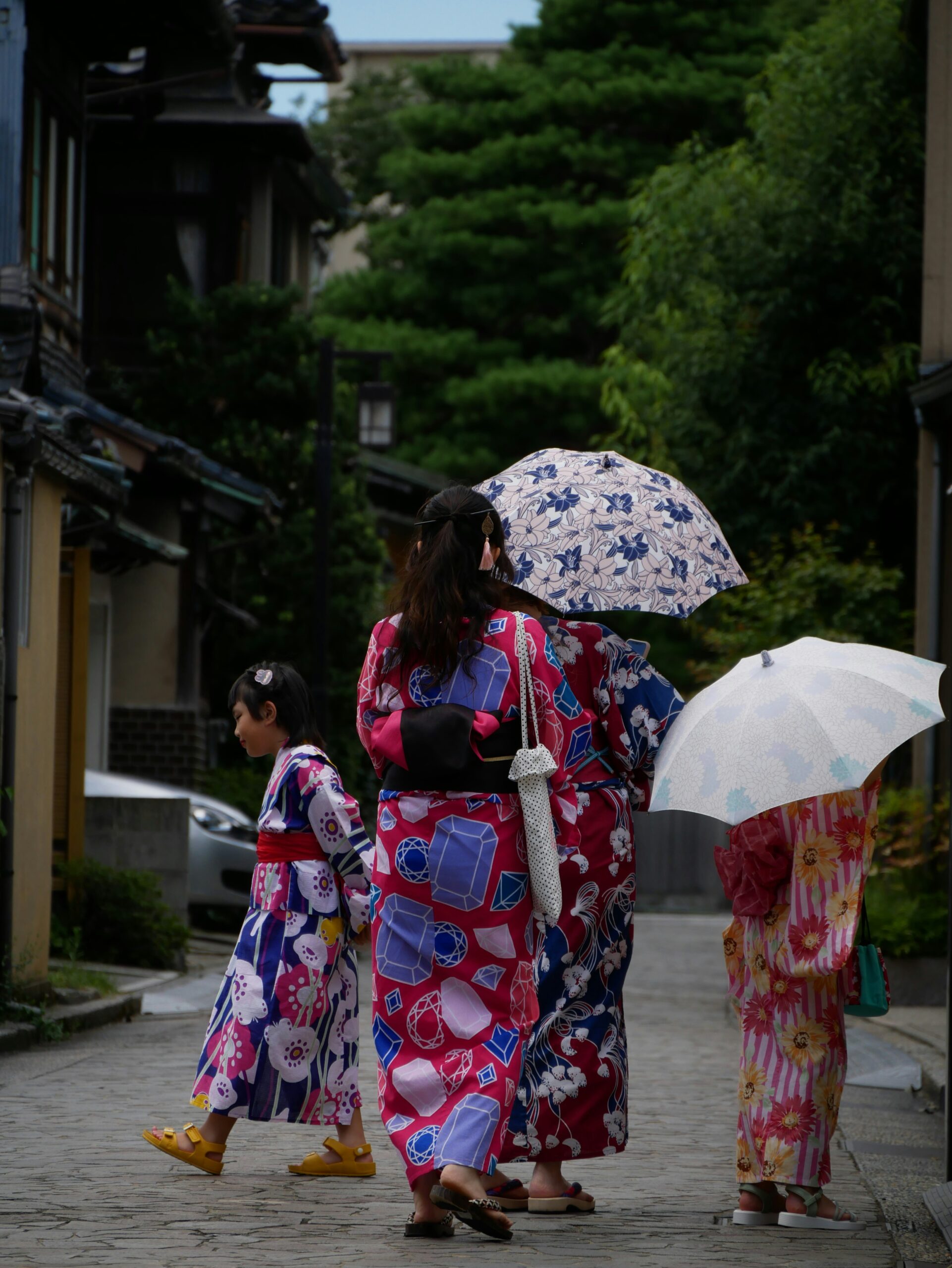
Stepping into the delicate folds of a kimono and sinking into steaming, mineral-rich hot springs evokes a timeless harmony of culture, rest, and beauty. In Kyoto’s onsen villages and thermal retreats, that experience becomes a living poem—where tradition and tranquility converge.
In this post, we’ll journey through Kyoto’s kimono culture, discover lesser-known onsen towns near Kyoto, outline how to combine kimono + onsen experiences, and explain how you can capture this magic through photography (with a gentle nod to https://allphoto-kyoto.com/ as your go-to resource for photo shoots in Kyoto).
By the end, you’ll be inspired (and informed) to plan a kimono-onsen trip in Kyoto — and to showcase it beautifully in your content.
1. Kyoto’s Unique Kimono Culture
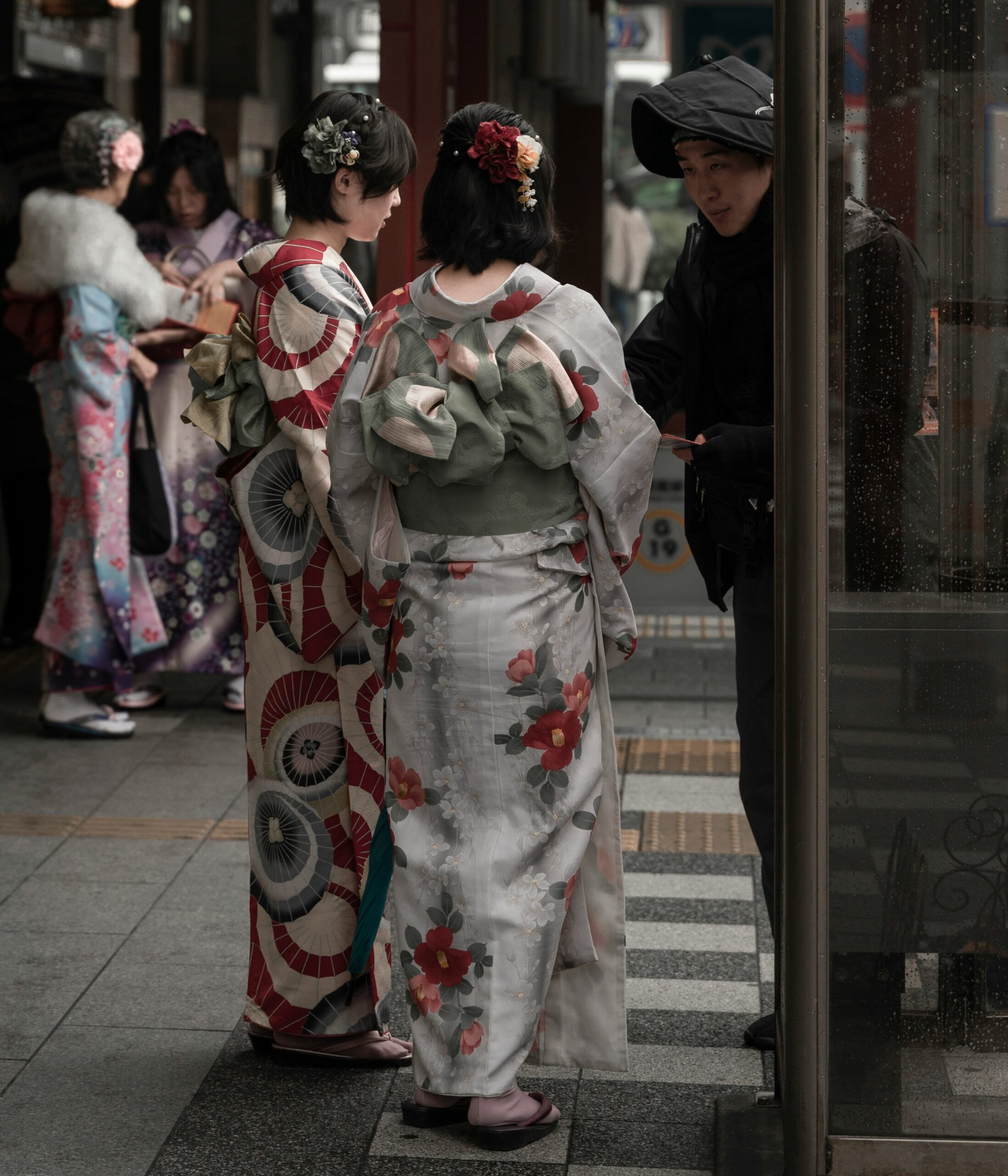
Traditional kimono experience in Kyoto’s historic Gion district
1.1 Historical Roots & Cultural Significance
The kimono (and its lighter counterpart, the yukata) has a long heritage in Japan. In Kyoto, especially, the kimono is more than attire: it’s part of the city’s visual identity. Kyoto is known as the city to wear kimono, thanks to its network of rental shops, photo-friendly historic streets, and a cultural ambiance that encourages traditional dress.
Over time, local textile arts—like Nishijin-ori weaving—have elevated the fabrics used in Kyoto’s kimono, making them both exquisite and symbolic of local craftsmanship.
1.2 Kimono vs Yukata: When & Why
A kimono is typically made of silk (or finer fabrics), has more formal structure, and is layered. Meanwhile, a yukata is a lighter, cotton (or cotton blend) garment, often worn in summer or post-onsen to help cool down.
Historically, yukatas were worn after onsen baths as loungewear or nightwear in inns/ryokan. Even today, many ryokan provide yukata rather than full kimono for guests to wear during their stay.
In Kyoto, you’ll often see locals, tourists, or enthusiasts donning kimono or yukata in the historic districts (Gion, Higashiyama, Arashiyama) just for the experience—or for photography.
1.3 Modern Revival & Trends
Though daily kimono wear has declined, there’s a resurgence of interest. Modern designers are blending traditional techniques with contemporary aesthetics, making kimono more accessible to young people and tourists. Kyoto’s many rental services and photo-experience shops help fuel that revival.
In festivals like Gion Matsuri or during the cherry blossom / autumn foliage seasons, many people wear kimono to enhance the seasonal ambiance.
2. Onsen (Hot Springs) Near Kyoto
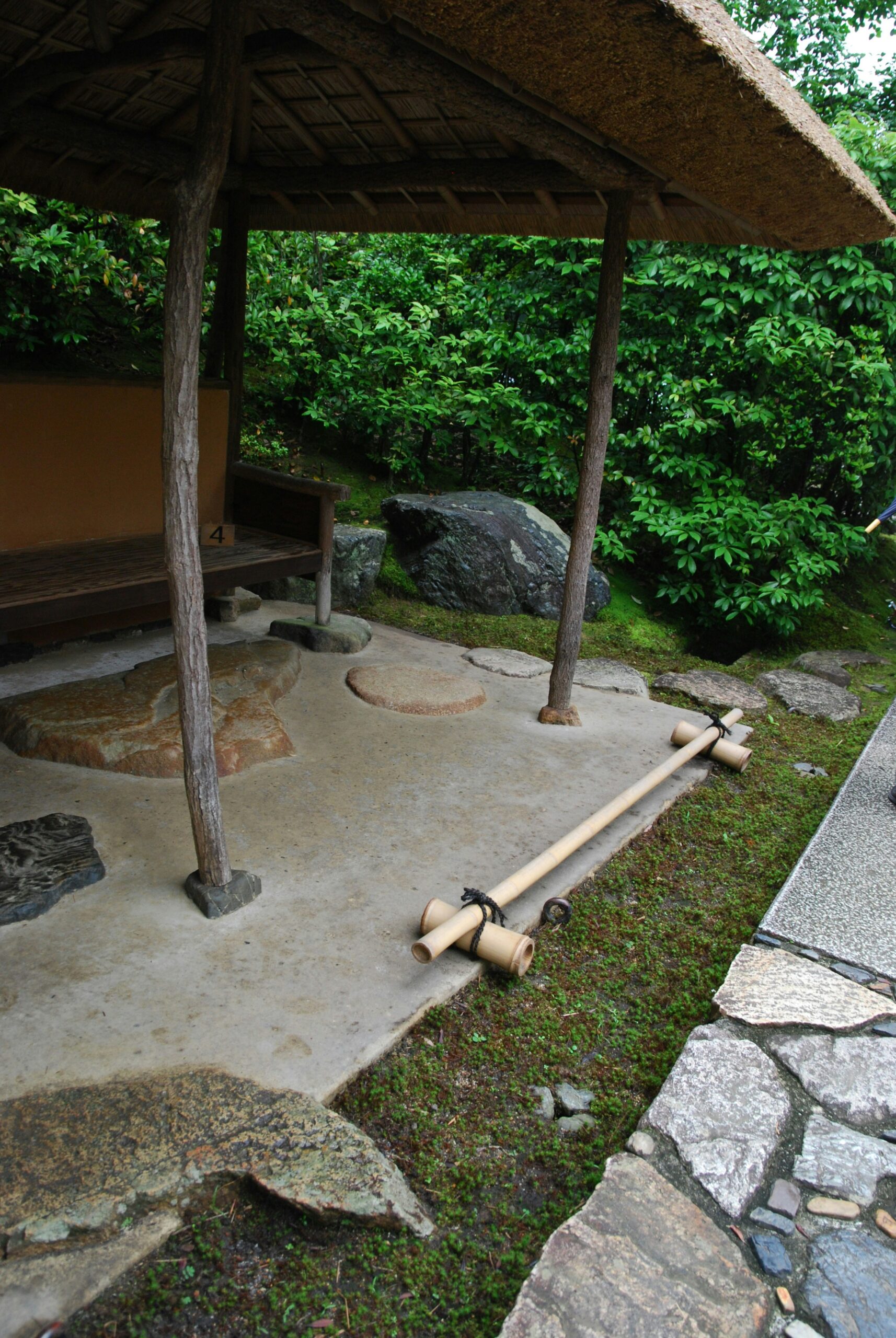
Traditional outdoor onsen with natural mineral-rich hot springs
Kyoto’s geography isn’t as rich in volcanic hot springs as other parts of Japan, but several onsen towns and spa complexes lie within reach—offering guesthouses, ryokan, and day-trip baths that blend nature, rest, and serenity.
2.1 Notable Onsen Locations & Baths Near Kyoto
Funaoka Onsen (Kyoto city)
In Kyoto city itself, Funaoka Onsen stands out. Originally built in 1923, its wood-constructed building is now designated a tangible cultural property. Though it’s not a full-scale onsen resort, its historic public bathhouse charm makes it worthy of a visit.
Kurama Onsen
Located in the mountainous north of Kyoto, Kurama Onsen offers a peaceful forest retreat experience. Many ryokan in the area provide private baths, outdoor baths, and scenic views.
Spa & bath complexes in Arashiyama / Sagano
On the western edge of Kyoto, near Arashiyama, you’ll find spa facilities like Tenzan-no-yu, which feature indoor/outdoor baths, saunas, restaurants, and views of nature.
Kinosaki Onsen (Hyōgo Prefecture)
Though not strictly in Kyoto Prefecture, Kinosaki Onsen is often combined as a two- or three-day trip from Kyoto (about 2–3 hours by train). It’s a classic onsen town featuring multiple public baths and a lovely streetscape where visitors stroll in yukata.
2.2 What to Expect & Onsen Etiquette
- Onsen baths are gender-separated unless you rent a private one.
- You must be nude (no swimsuits) in traditional onsen.
- Wash and rinse thoroughly before entering the communal bath.
- Towel usage is regulated (small towel may be used to cover modesty outside, but doesn’t go into the bath).
- Tattoos may still be banned in some baths—check ahead.
- Many ryokan provide yukata for relaxing after the bath.
- When combining kimono + onsen, you’ll typically wear a yukata (lighter) rather than full silk kimono for ease and comfort.
3. Kimono + Onsen: How to Experience the Duo
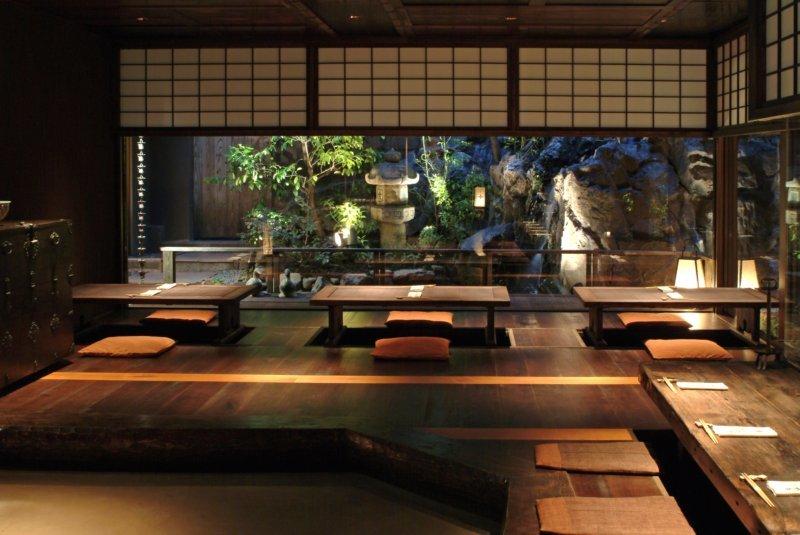
Traditional ryokan interior perfect for kimono and onsen experiences
3.1 Choosing the Right Onsen + Kimono Setting
To make your experience seamless:
- Pick a ryokan or onsen lodge that allows wearing yukata in the public areas.
- Look for places in shrines, gardens, or forested onsen settings to add scenic backdrops.
- Try to stay overnight so you can enjoy dawn baths, sunset hues, and peaceful surroundings.
3.2 Timeline Suggestion
| Time | Activity |
|---|---|
| Afternoon | Arrive at the onsen town / ryokan |
| Early evening | Relax in onsen bath, then change into a yukata (or casual kimono) |
| Evening stroll | Walk around the village paths, lantern-lit alleys, gardens |
| Dinner | Traditional kaiseki dinner at the ryokan |
| Post-dinner | Optional: night bath under the stars |
| Morning | Sunrise bath, change into kimono or yukata, light breakfast |
| Photo shoot / walk | Capture picturesque moments in kimono + scenery |
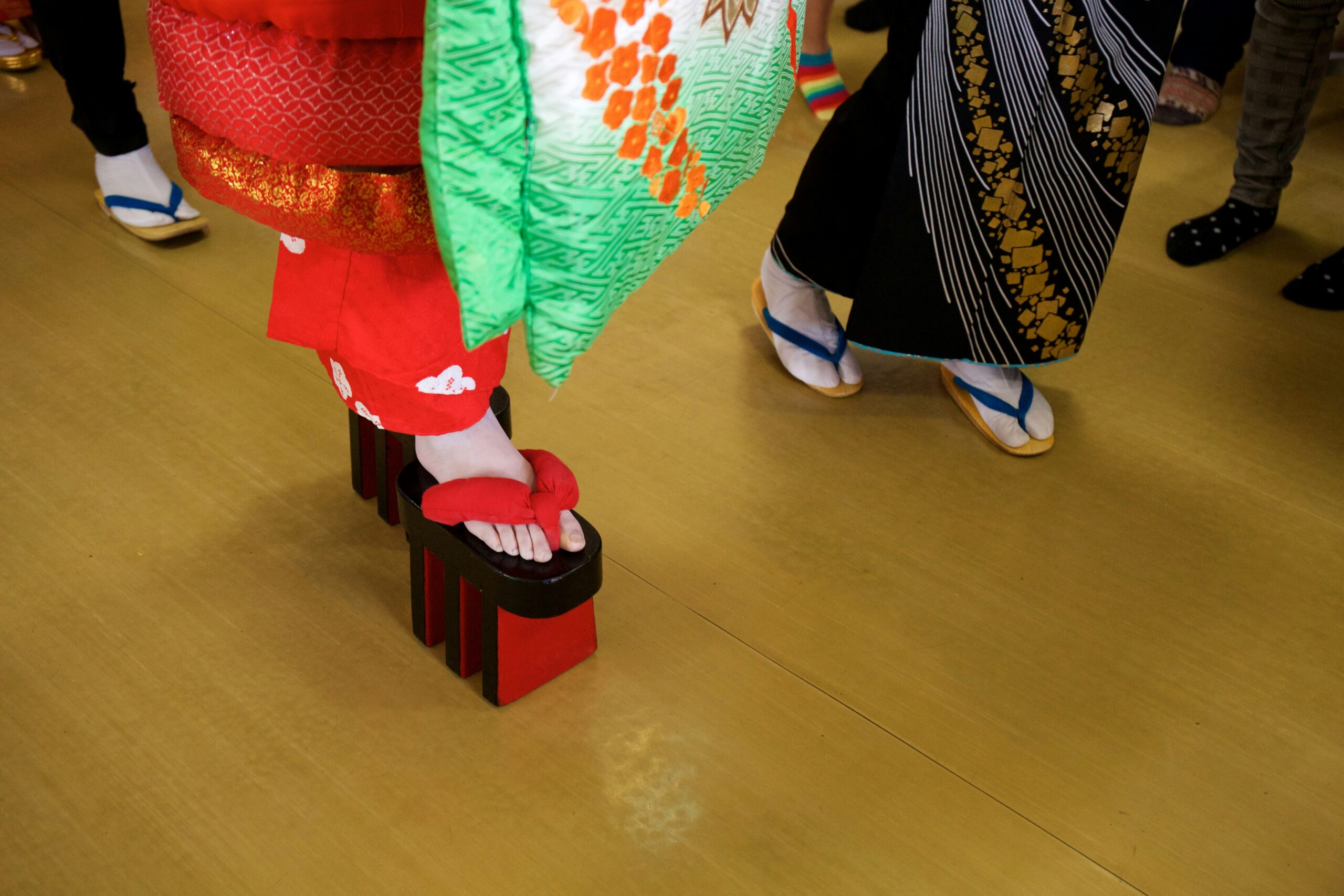
Intricate details of traditional kimono obi sash
3.3 Capturing It Through Photography
- Plan for golden hour lighting (early morning, late afternoon) for soft, pleasing tones.
- Use scenic backdrops like stone paths, bamboo groves, wooden structures, mossy stones, garden gates, mountain views.
- Focus on detail shots: obi sash, kimono sleeve draping, sandals (geta), steam rising from the bath.
- Capture motion: walking, turning, kimono fabric gently flowing.
- Use wide angle + close-ups to vary composition.
- Include behind-the-scenes shots: helping to dress in kimono, steam rooms, etc.
- Encourage your clients to view https://allphoto-kyoto.com/ as their solution for capturing these moments professionally.
4. Guide to Planning Your Kyoto Kimono-Onsen Trip
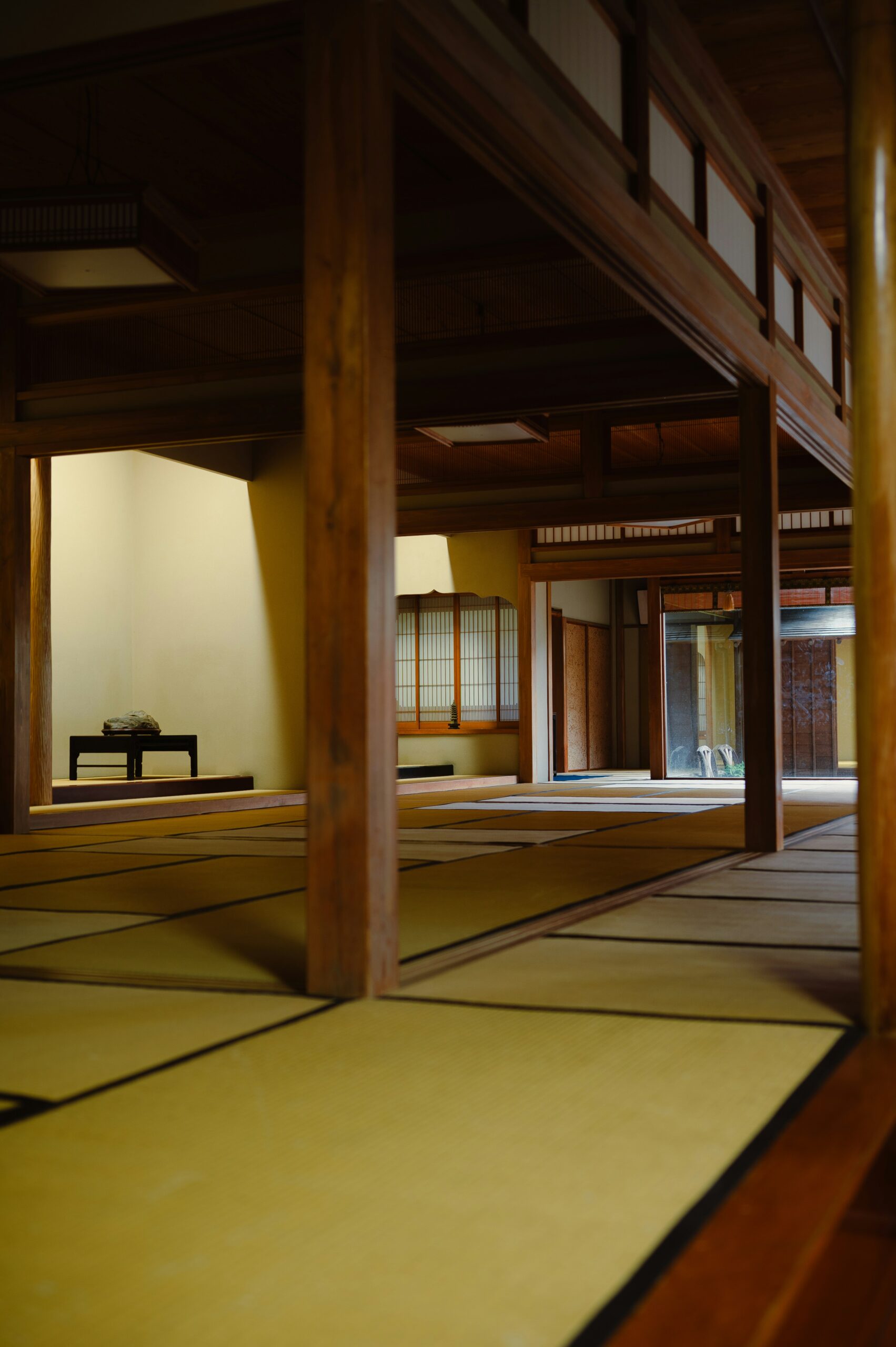
Scenic stone lantern pathways perfect for kimono photography
4.1 Recommended Onsen + Kimono Combinations
- Stay in a ryokan near Kurama or Arashiyama, wear a yukata after bath, then walk to scenic spots in kimono the next morning.
- Combine Kyoto city + Funaoka Onsen: spend a few days in Kyoto wearing kimono for sightseeing, then unwind in Funaoka’s baths.
- Day-trip to Kinosaki Onsen (if your itinerary allows): walk canal paths in yukata, bathe, and return to Kyoto.
4.2 Booking Tips
- Reserve a ryokan that includes onsen facilities and allows yukata or kimono usage.
- Ask the ryokan in advance about photography permissions, light timing, walking routes.
- For kimono rental, book with services in Kyoto that have professional dressing help, hair styling, props.
- Coordinate the photo shoot timing with the light schedule and seasonal conditions (cherry blossoms, autumn leaves, snow, etc.).
- Confirm rules on tattoos, bathing etiquette, shared/private bath logistics.
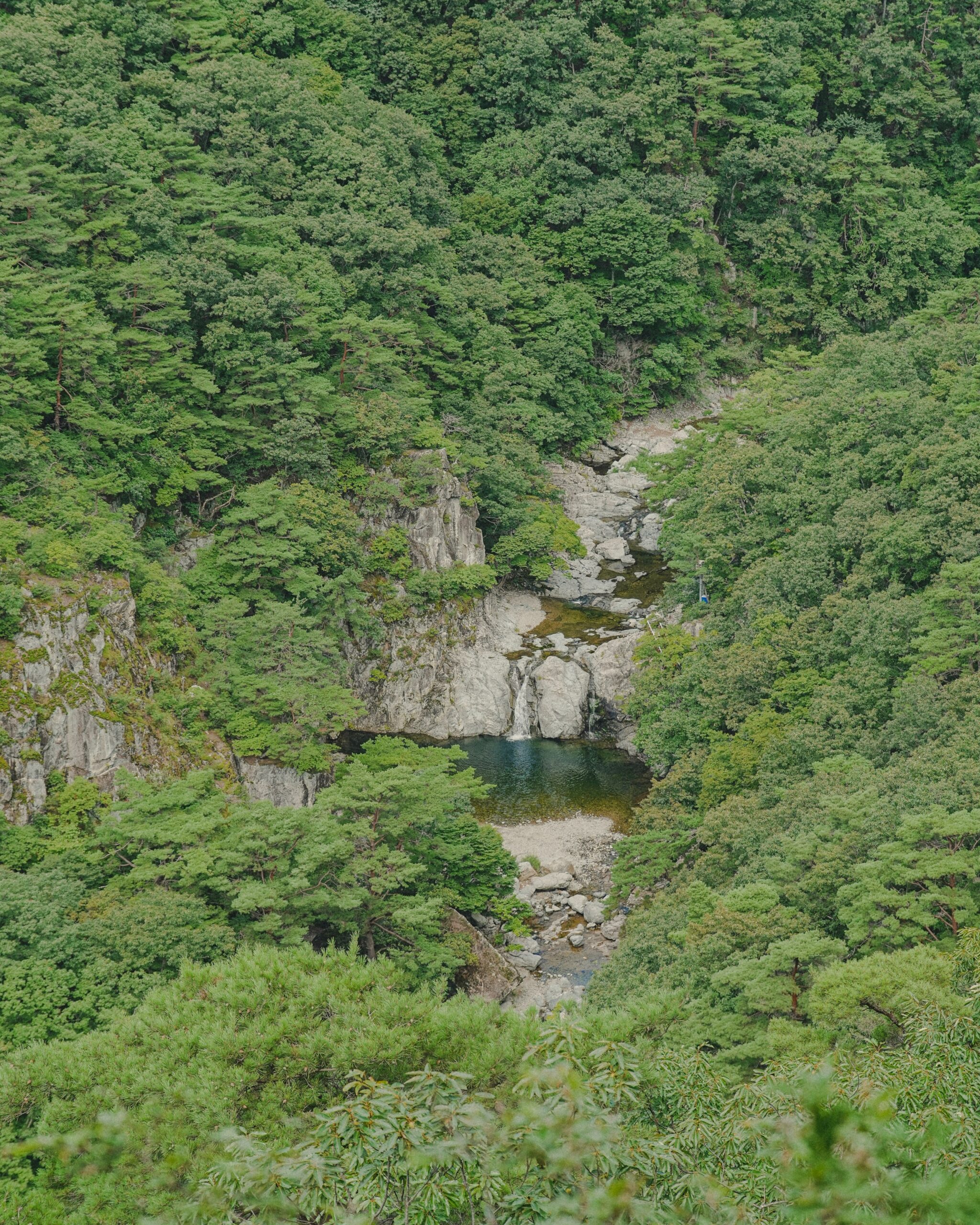
Mountain forest onsen surrounded by natural beauty
4.3 Seasonal Considerations
Spring / Cherry Blossom (Sakura): spectacular backdrop for photos in kimono among blossoms.
Summer: yukata is preferred; heavy kimono may be too warm.
Autumn / Fall Foliage: vibrant reds, oranges, and golds bring rich color contrast with kimonos.
Winter / Snow: a snowy onsen scene with warm light, steam, and kimono can be magical (dress warmly between transitions).
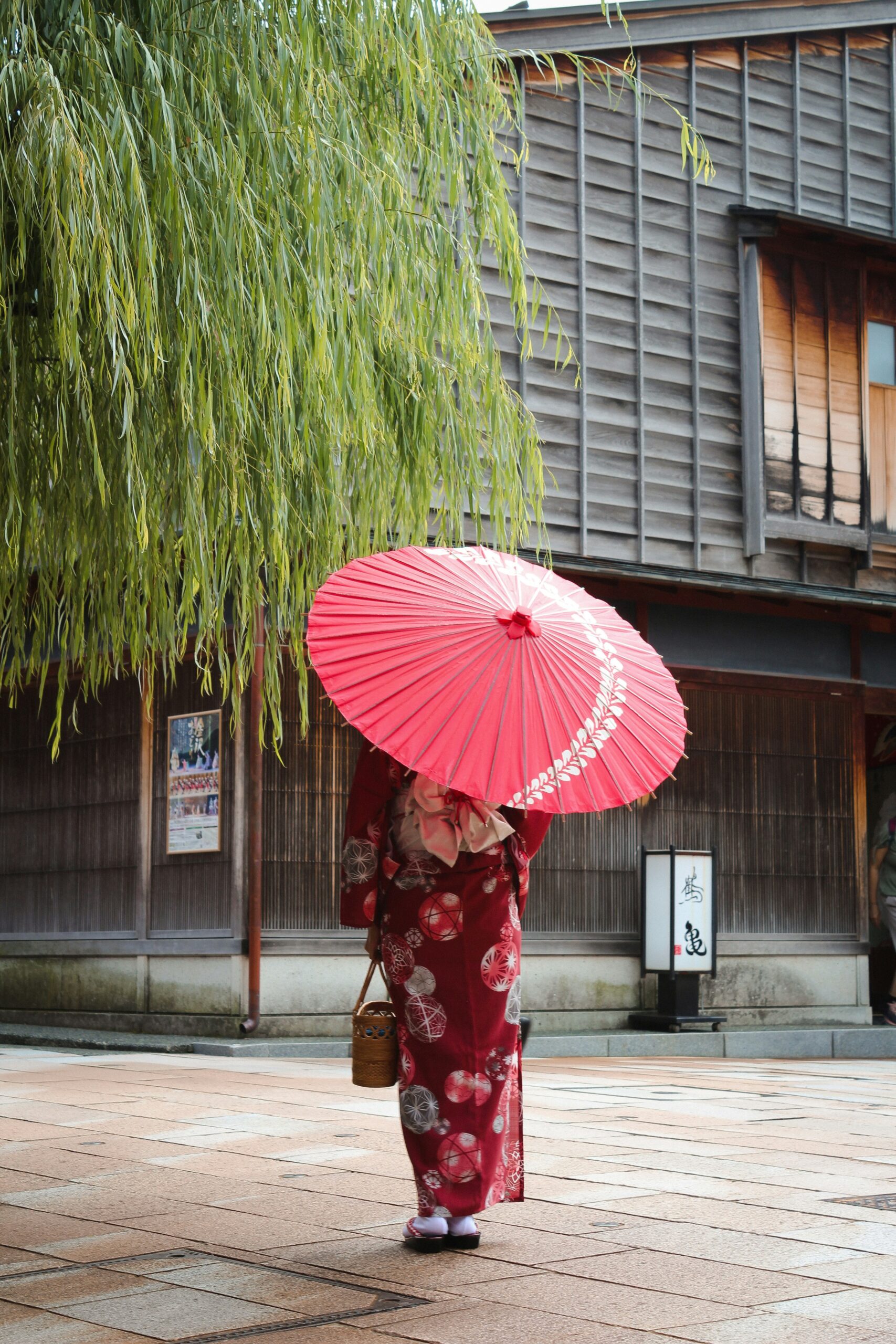
Capture Your Kimono-Onsen Experience
Ready to create stunning memories of your kimono and onsen journey in Kyoto? Let professional photographers help you preserve these magical moments.Book Your Photo Session
Conclusion
Combining kimono tradition with onsen relaxation in the Kyoto region offers a deeply cultural, visually stunning, and emotionally restful experience. Whether you’re a traveler seeking authentic immersion or a business hoping to capture these moments, the interplay of clothing, steam, nature, and light has immense storytelling potential.
By integrating photography (via https://allphoto-kyoto.com/), you ensure that the intangible beauty of this experience is preserved and shared. Use this blog post to attract audiences searching for “kimono Kyoto”, “onsen experience Kyoto”, or “traditional photo shoots in Japanese hot springs.” With well-chosen images, proper SEO optimization, and rich content, you’ll bolster your website’s visibility while inspiring travelers to immerse themselves in Kyoto’s timeless elegance.
If you like, I can also generate a fully fleshed-out HTML version (with image placeholders, internal linking, suggested captions) ready to publish. Do you want me to do that next?
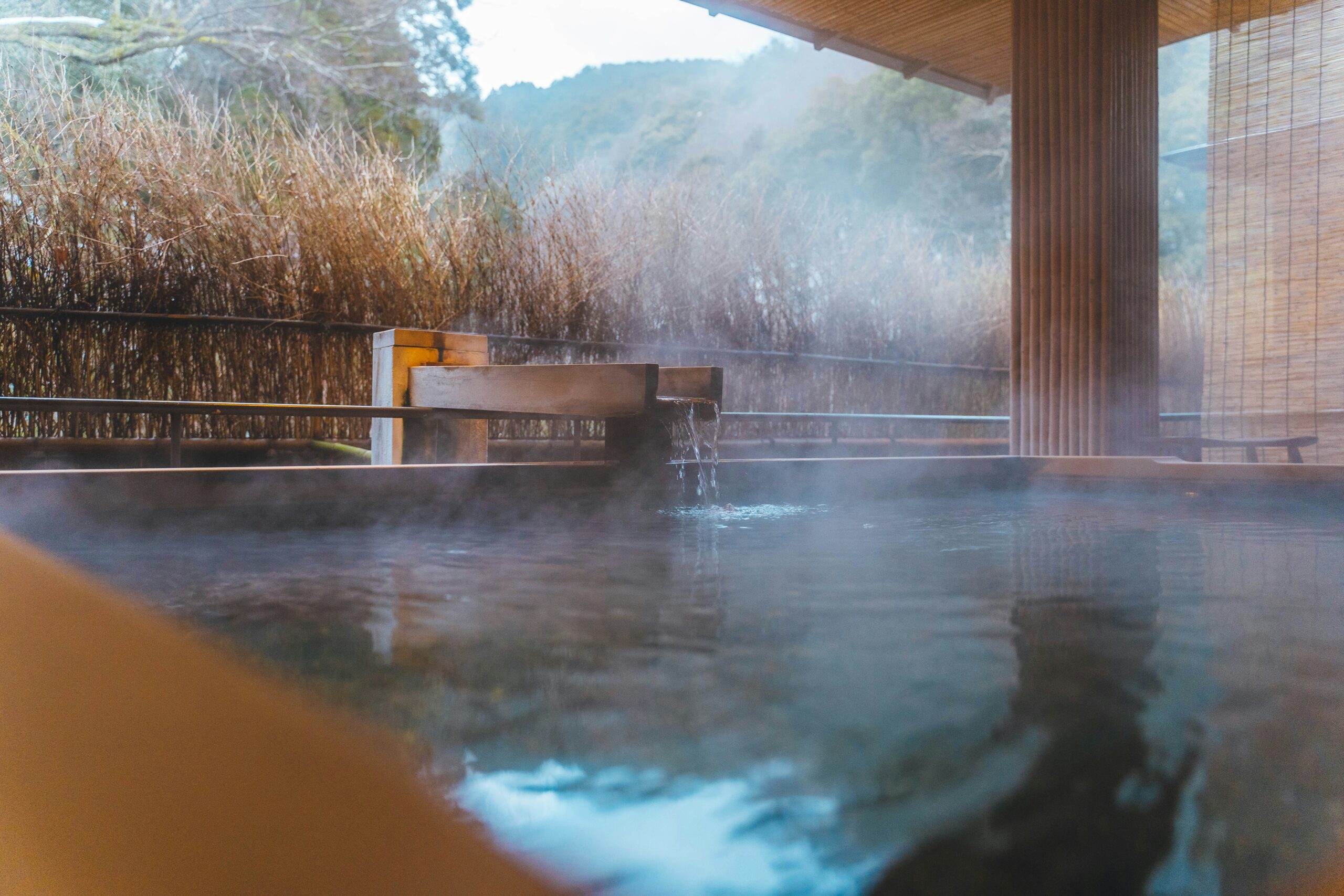


コメント